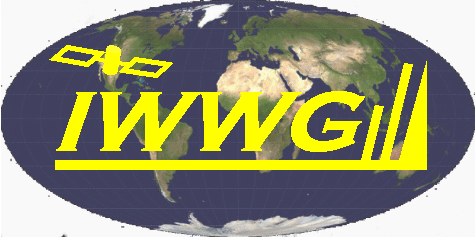Study of Technical Issues Arising in the Tracking Process of Rapid Scan AMV
Current imagers on geostationary meteorological satellites have rapid scan capabilities that enable to observe specific areas of the earth with a frequency of tens of seconds.
Calculating AMV from rapid scan data is considered to be useful for analysing mesoscale meteorological phenomena, but it is very difficult to calculate high-quality Rapid Scan AMV. The reason is that even though the temporal resolution of geostationary meteorological satellite imagers has improved dramatically, the spatial resolution has improved relatively less.
The shorter the observation time interval, the smaller the change in cloud shape to be tracked, but the smaller the cloud motion vector. The motion vector is obtained by interpolating the correlation surface using the parabola fitting method and estimating the position in the image where the similarity with the target is the maximum value. However, since the spatial resolution of the correlation surface is equal to the spatial resolution of the original image in Rapid Scan AMV calculations, the correlation surface obtained from pattern matching is spatially sparse, and a more accurate interpolation method is required to accurately determine the true peak position.
This poster presentation will provide details of the interpolation method used in the sub-pixel estimation process in the upcoming updated Himawari-8/9 AMV processing software.






